Newish Bermuda Sod - New to lawn care
aj_fizell
7 years ago
Featured Answer
Comments (8)
Related Discussions
Caring for Bermuda Lawn
Comments (9)You still can apply herbicide on current weeds now if you wish or simply mow them down to keep them from producing seeds. Just make sure to follow the label very carefully. For preventing weeds, pre em application in feb and october will do the trick. One time application of 15-5-10 fertilizer is fine (fall is probably best time for it) and rest of the year go with Lesco 39-0-0. Gypsum is used for sodic soil to get rid of sodium ion in the soil. Lime is used for very acidic soil. Core aerating first is probably best way to get these into the ground to make a difference. pkapeck - there have been plenty of threads over organic program for bermuda. Do some search for it. It's hard for me to tell you anything as you live in Florida and I don't know what's available. Tx Weed lives in Texas and he probably won't know either what's widely available in Florida. For potassium, I use greensand. Kelp meal will provide that as well. Phosphorus - in organic fertilizer like alfalfa pellets, soybean meal, etc. Bone meal should have a lot of it. There are more. The real issue is the availability of these products in your area. Even leaves, mulches, etc will have these. If you want bermuda to stay dark green and dense, lesco 39-0-0 is much more economical. I've heard of others applying soybean meal every month and it has gotten a lot more expensive......See MoreNew sodded bermuda lawn
Comments (17)Steamside, Tifsport is a very high-end Bermuda grass, thus requires very high-end maintenance. It is just one-step short of a golf green quality. It can be used as a golf green in lower end courses. Its main use is as fairways, tee-boxes, sports fields, museums, commercial properties, and high-end residential Tifsport needs to be kept between 5/16 and ¾ inches using a reel mower. It is such a dense grass going any higher will cause it to thin and yellow. Sound familiar? So it needs to be mowed three times a week just like a golf course. You can stair-step it down if you wish, but get aggressive about it. Another source of the yellowing is you are starving the grass to death. Tifsport is a very aggressive feeder and almost impossible to over fertilize. If you laid it in May, have not fertilized, you are behind 2 or 3 applications already. So waiting to the end of August is just asking for terrible looking grass and weeds. You have a few options for fertilizing: Apply ¼ application of fast release every week. Apply ½ application rate of fast release every 2-weeks. Apply full application of slow release every 30 days using what is called 75% sow release, 25% fast release. OK here is what the slow/fast urea and nitrate mean. Commercial fertilizers are made from two sources, Urea and Ammonia Nitrate. Fast release formulas can be either Urea or Ammonia Nitrate. Most professionals prefer Urea because it is an organic compound and does not contribute to salinity of the soil like nitrate does. Slow release formulas are mostly formulated from urea by coating it with sulfur compounds to slow down the release of nitrogen dissolving with water. So when I say 75/25 or some other ratio I mean 75% slow release and 25% fast release. The fast release works as soon as water is applied and last about a week, while the slow release carries you though for a few more weeks. Since you live in Atlanta, locate your nearest Lesco dealer. Lesco is a professional lawn care chain that carries fertilizers custom blended for your specific area. Right now you want to be using a nitrogen only product like 000777 (29-0-0). Cone either this fall or next spring you will want to use a complete fertilizer like 15-5-10 or 20-5-10 for one application only each year.. Welcome to high-end lawn care, hope you know what you got yourself into....See MoreNew Seashore paspallum sod lawn care
Comments (1)Your Wydellia is very salt tolerant probably more so than the lawn and is difficult to remove by hand. You can use a selective broadleaf weed killer...try it on a test sample of lawn first. You also can mix up a "Roundup" solution and paint it on the new Wydellia leaves. Be careful not to slop it on the lawn as it will kill the lawn....See Morehow to take care my new sod lawn?
Comments (11)Who laid your sod? All those seams from the sod should not be lined up and should have been laid in a brick pattern. It's not a huge mistake, but the reason you lay it in a brick pattern is to keep the sod pieces from shifting. I would not apply any weed n feed products or pre emergents until your sod has rooted together and you can no longer see the seams in the lawn. Once you start seeing the lawn green up start watering it to keep the soil underneath moist and then you can apply a starter fertilizer or a balanced fertilizer like 10-10-10. You are better off spot spraying the weeds over using a weed n feed product. The weed n feed product don't usually work all that well and cost a lot more. Just be sure not to spray weeds when the temps are over 85F as it may harm your lawn. Once all the seams are gone you can start using the Scott's Turf Builder for the rest of the season. You want to apply 1 lb of Nitrogen every 4-6 weeks, this will help keep the grass healthy and choke out a lot of the weeds....See Moreaj_fizell
7 years agoreeljake
7 years agodchall_san_antonio
7 years agoaj_fizell
7 years agoreeljake
7 years agoPLF (Middle TN, Zone 7a)
7 years ago
Related Stories

GARDENING GUIDESHow to Plant a New Lawn From Sod
Take the quick-start route to turf with sod; these installation guidelines will help ensure a healthy and long-lasting lawn
Full Story
GARDENING GUIDESHow to Prep Your Ground for a Healthy New Lawn
Seed or sod that falls on weedy, lumpy soil is a wasted effort. Follow these steps to ensure that your new lawn will thrive
Full Story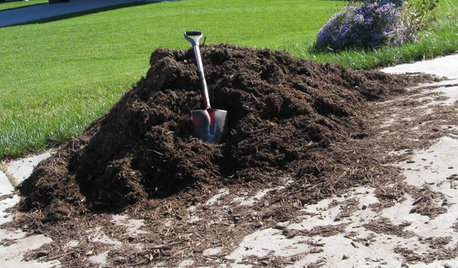
FRONT YARD IDEASBefore and After: Front Lawn to Prairie Garden
How they did it: Homeowners create a plan, stick to it and keep the neighbors (and wildlife) in mind
Full Story
GREAT HOME PROJECTSHow to Replace Your Lawn With a Garden
New project for a new year: Lose the turfgrass for energy savings, wildlife friendliness and lower maintenance
Full Story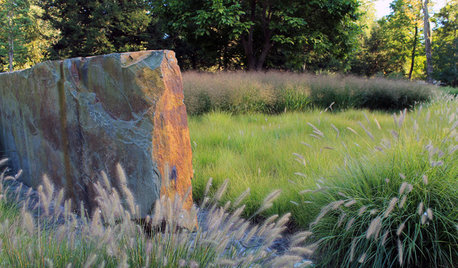
EARTH DAYThe Case for Losing the Traditional Lawn
Work less, help the environment and foster connections by just saying no to typical turf
Full Story
SAVING WATERHouzz Call: Are You Letting Go of Your Lawn?
Many facing a drought are swapping turf for less thirsty plantings. If you’re one of them, we’d like to hear about it
Full Story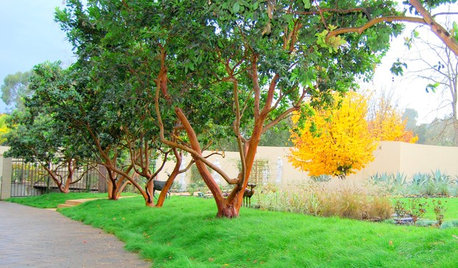
GARDENING GUIDES5 Great Grasses for a New Lawn
Learn about maintenance, wear tolerance, ideal climate and more for these top turf choices to pick the right one for you
Full Story
GRASSESHow to Rock a Lawn
Weekend Project: The key to healthy grass begins with the soil. If turf works for you, here’s how to fix it and keep it looking its best
Full Story
EARTH DAY5 Ideas for a More Earth-Friendly Garden
Consider increasing the size of garden beds, filtering rainwater and using plants to reduce energy use
Full Story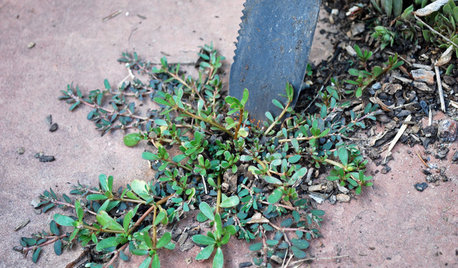
GARDENING GUIDES5 Ways to Naturally Win the Weed War
Show irksome weeds no mercy with these tricks for combating them sans chemicals
Full Story


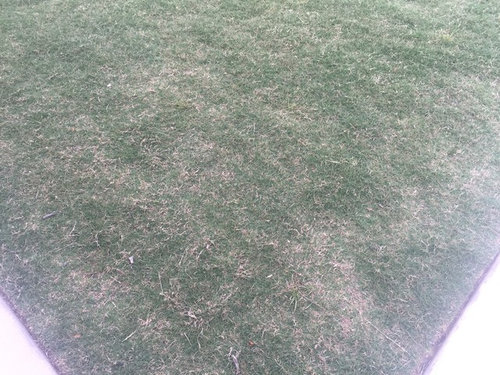


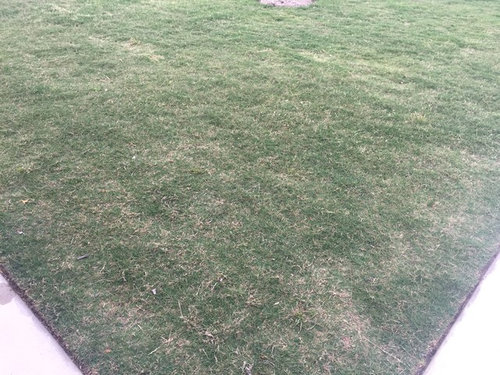

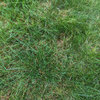

reeljake